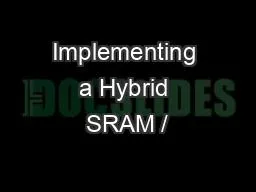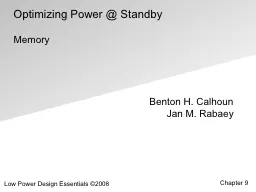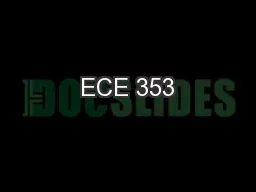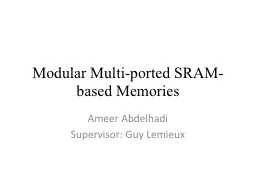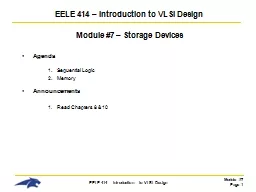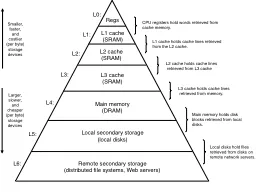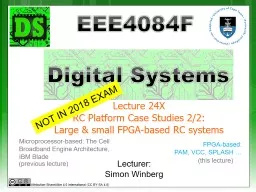PPT-Implementing a Hybrid SRAM /
Author : bikersjoker | Published Date : 2020-10-06
eDRAM NUCA Architecture Javier Lira UPC Spain Carlos Molina URV Spain javierliraacupcedu carlosmolinaurvnet David Brooks Harvard USA Antonio González IntelUPC
Presentation Embed Code
Download Presentation
Download Presentation The PPT/PDF document "Implementing a Hybrid SRAM /" is the property of its rightful owner. Permission is granted to download and print the materials on this website for personal, non-commercial use only, and to display it on your personal computer provided you do not modify the materials and that you retain all copyright notices contained in the materials. By downloading content from our website, you accept the terms of this agreement.
Implementing a Hybrid SRAM /: Transcript
Download Rules Of Document
"Implementing a Hybrid SRAM /"The content belongs to its owner. You may download and print it for personal use, without modification, and keep all copyright notices. By downloading, you agree to these terms.
Related Documents

